Washington, June 23 (V7N) — U.S. President Donald Trump campaigned on ending America's "endless wars." He entered office pledging swift resolution to conflicts in Gaza and Ukraine, signaling a break from interventionist foreign policy. But just five months into his term, Trump has authorized a major military operation — one that directly targets Iran’s nuclear program, aligning the United States with Israel in a conflict decades in the making.
The unexpected shift has left analysts asking: What changed? And were there signs that Trump, despite his anti-war rhetoric, was prepared to become a central actor in the long-standing geopolitical battle between Israel and Iran for regional dominance?
Over the weekend, U.S. bombers conducted precision strikes on three uranium enrichment facilities in Iran, a move the White House says “severely crippled” Iran’s nuclear infrastructure. While the exact extent of the damage remains unclear, what comes next is even murkier.
A Tipping Point in the Middle East?
Possible scenarios are already being debated at the highest levels: Will this spark further U.S. strikes, or will Tehran retaliate? Could this lead to renewed diplomatic negotiations, or trigger broader regional instability?
Some voices are speculating whether this marks the beginning of the end for Iran’s clerical regime — a collapse reminiscent of the fall of the Soviet Union — though others urge caution in drawing such sweeping historical parallels.
Warning Signs Missed?
While the operation took much of the world by surprise, some observers say the signs were there. Trump’s increasingly hawkish statements on Iran, his administration’s growing ties with Israeli defense leadership, and his emphasis on “restoring U.S. deterrence” all pointed toward a potential break with his original isolationist stance.
For now, the Middle East stands at a crossroads, with the United States not as a peace broker, but as an active participant in a dangerous new phase of confrontation.
END/WD/AJ/



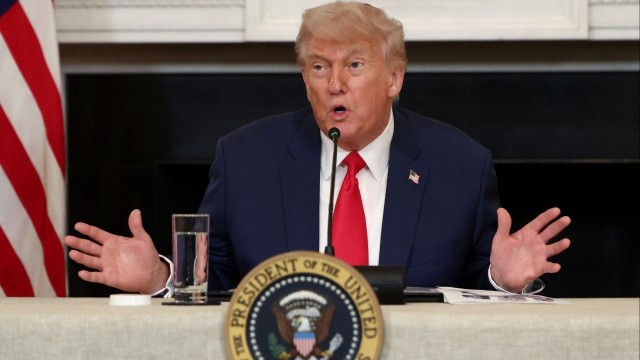

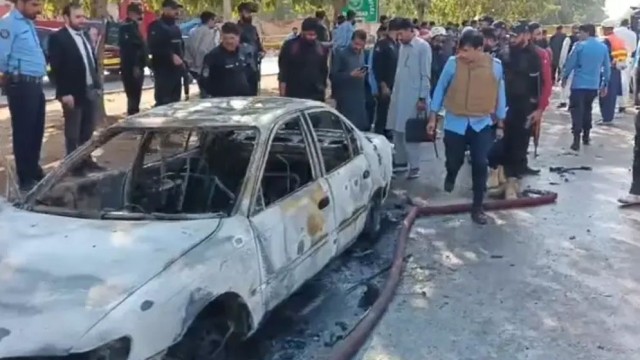
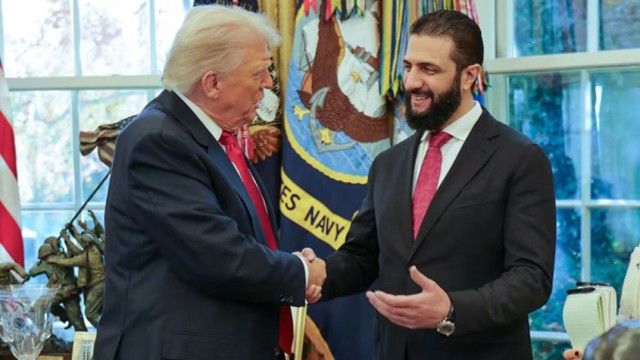
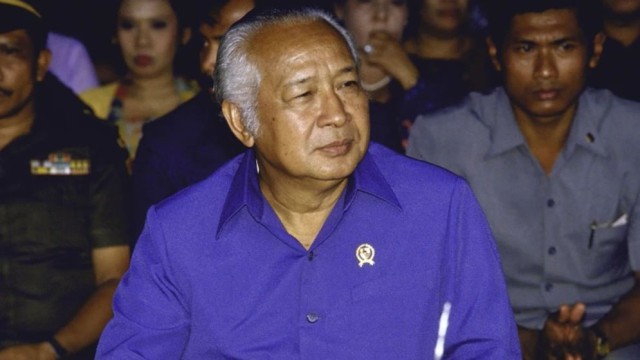
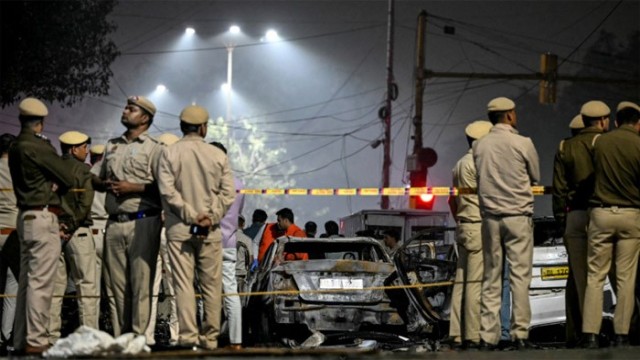

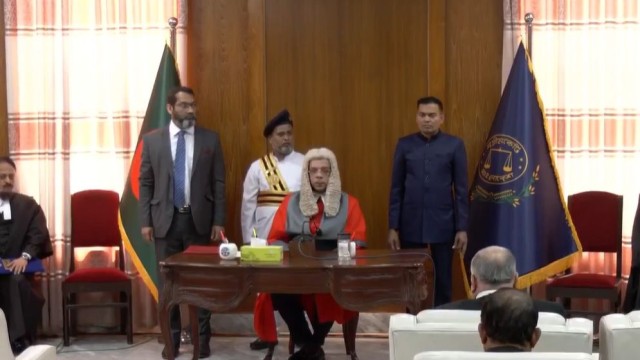


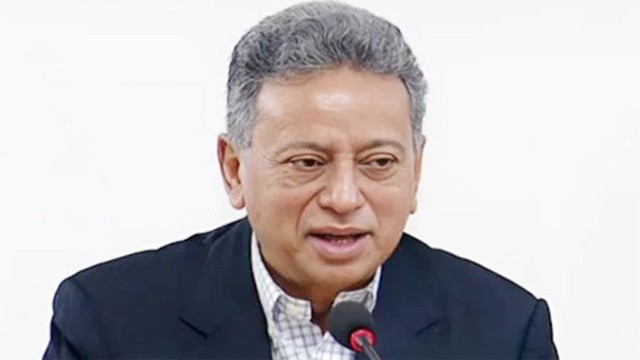



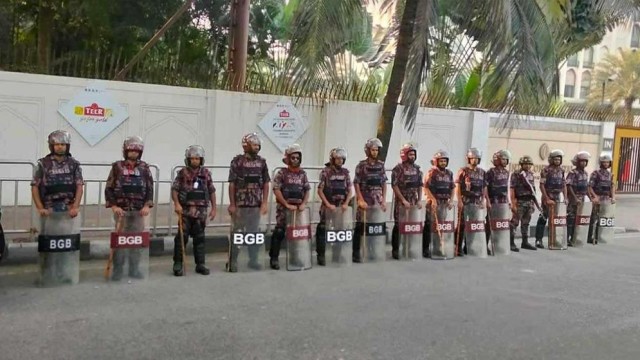





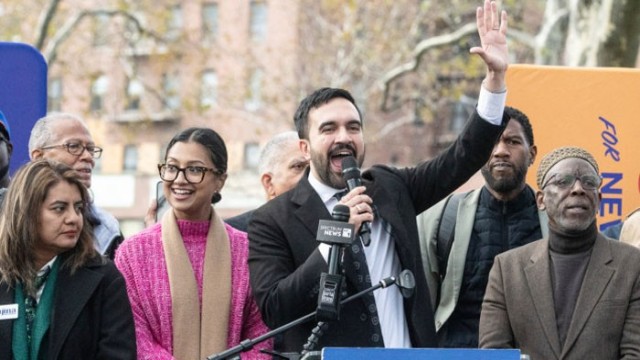





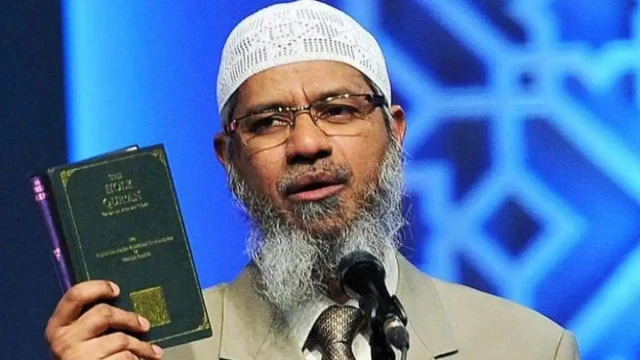
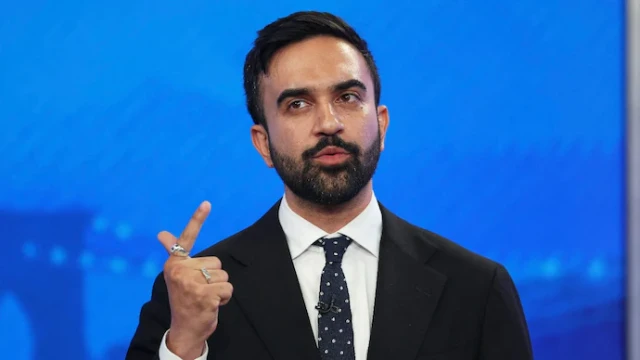
Comment: